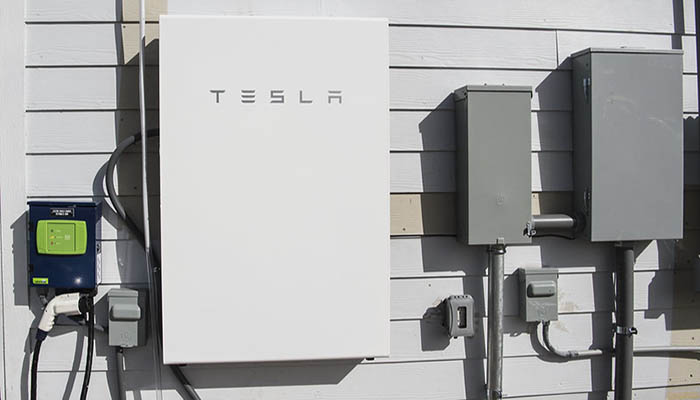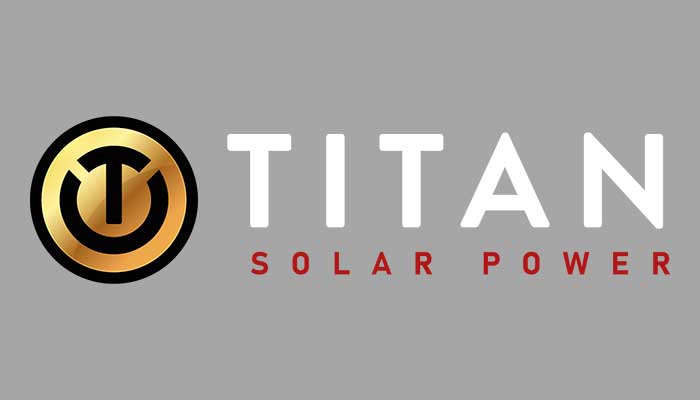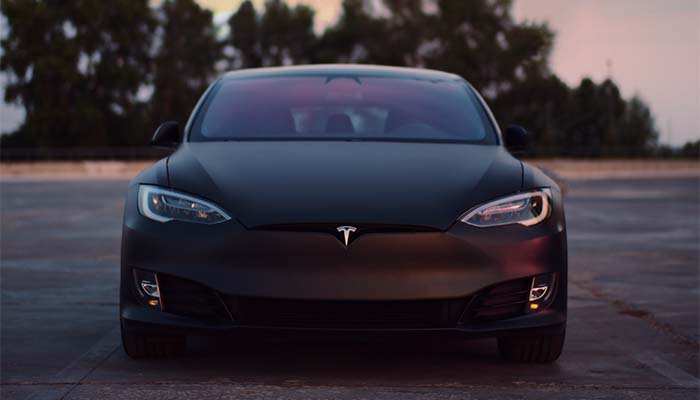
Updated January 25, 2022
Solar panel systems are only as effective as the amount of sunlight that they receive throughout the day. But what about at night? Solar batteries allow homeowners to store surplus energy produced throughout the day for use during the night or other times of need. Solar panel systems outfitted with solar batteries are referred to as hybrid systems.
Solar batteries in a hybrid system come in all shapes and sizes. There are three main types of solar batteries on the market today for consumers to be aware of. Lead-acid batteries, lithium-ion batteries, and saltwater batteries each have their own unique set of pros and cons for homeowners to consider.
Table of Contents
Lead Acid Solar Batteries
This tried-and-true battery type has been on the market for decades. Lead-acid batteries are the same type of battery that you have in your car. It uses different lead compounds at the positive and negative electrodes with an acidic electrolyte solution. The working principle for this type of battery involves an exchange of H+ ions between the positive and negative terminals through the electrolyte solution. This ion exchange is responsible for the storage and use of electricity.
Gel-type lead-acid batteries use sulfuric acid as the electrolyte solution. AGM-type lead-acid batteries use an ‘Absorbed Glass Mat’ that soaks up the electrolyte solution prevents any leaks. OPzV-type lead-acid batteries, otherwise known as ‘tubular batteries’, are newer and use tubes as electrodes to increase the amount of contact that the electrolyte has with the electrodes.
Lead-acid batteries are the cheapest amongst all other solar batteries with costs ranging between $200-$500 USD. On the flip side, the levelized cost of storage (LCOS) ranges between 0.25 USD/kWh to 0.82 USD/kWh, making them the most inefficient amongst the battery types.
Pros of Lead Acid Solar Batteries
- Cheap
- Maintenance-free
- Safe
Cons of Lead Acid Solar Batteries
- Bulky and unsightly
- Short lifespan
- Poor battery discharge depth
- Takes longer to charge
- Not environmentally friendly
- High self-discharge
Lithium-Ion Solar Batteries
Lithium-ion solar batteries currently dominate the solar battery market. The working principle revolves around Li+ as the ion responsible for storing electricity. There are two main types of lithium-ion batteries on the market today: LiFePo4 batteries and LTO batteries. Both batteries use Li+ as the ion but vary in electrode composition.
LiFePo4 batteries use lithium iron phosphate as the positive electrode and carbon as the negative electrode. This is the most common form of lithium-ion battery used today. They are generally cheaper but less robust.
LTO batteries feature a lithium titanate oxide negative electrode and a lithium manganese oxide positive electrode. These batteries are slightly more expensive but have a must longer lifespan of about 30,000 cycles or about 10 years. Lithium-ion batteries generally range from $2,000-$2,5000 USD. The levelized cost of storage (LCOS) is one of the most efficient batteries ranging from 0.04 USD/kWh to 0.13 USD/kWh.
Pros of Lithium-Ion Solar Batteries
- Low maintenance
- Charge quickly
- Long lifespan
- Lightweight and compact
- Low self-discharge
Cons of Lithium-Ion Solar Batteries
- Expensive
- Perform poorly in the cold
- Not environmentally friendly
Saltwater Solar Batteries
Saltwater batteries have been around for years not but are just starting to make their way into the solar market. This battery type uses sodium in saltwater as the ion responsible for storing electricity. Unlike lithium-ion and lead-acid batteries, saltwater batteries do not contain any toxic or scarce metals. This makes them extremely attractive to those interested in the environmental benefits of solar usage.
From a safety standpoint, saltwater batteries are the best option on the market. There is essentially zero risk of fire which provides homeowners with peace of mind.
Unfortunately, saltwater batteries have a low energy density in comparison to other battery types. This means that they store less energy in the same amount of space as lithium-ion and lead-acid batteries. As a result, saltwater batteries are much larger and much more expensive to manufacture.
Aquion, a company backed by Bill Gates, sold saltwater solar batteries for around $5,000 before facing financial woes. The battery’s ability to fully discharge without damaging the electrolyte brought the levelized cost of storage (LCOS) down to just a bit higher than that of a lithium-ion battery
Pros of Saltwater Solar Batteries
- Safest option
- Easily recyclable
- Long lifespan
- Most environmentally friendly option
Cons of Saltwater Solar Batteries
- Hard to find on the market
- Bulky
- Low energy density
- Expensive
Other Considerations
Other batteries that are competing for a spot in the market include nickel-cadmium solar batteries, red-ox flow solar batteries, and hydrogen solar batteries.
Nickel Cadmium Solar Batteries
Nickel-cadmium solar batteries are highly toxic, very expensive, and non-traditional. This non-traditional battery may be difficult to pair with standard inverters and chargers. In addition, their efficiency is comparable to lead-acid batteries. The real advantage here is that nickel-cadmium batteries have an incredibly long lifespan which makes them a reasonable option for those looking for a backup power system.
Red-ox Flow Solar Batteries
Red-ox flow solar batteries use V2+ as the ion responsible for storing electricity. In red-ox batteries, the electrolyte is constantly flowing with the help of pumps. Red-ox batteries have largely an unlimited storage capacity, long lifespan, and are powerful. Unfortunately, they are bulky, noisy, expensive, and require a lot of maintenance.
Hydrogen Solar Batteries
Hydrogen batteries, otherwise known as hydrogen fuel cells, use hydrogen gas with a platinum catalyst. The hydrogen ions at the positive electrode combine with oxygen to produce water as a byproduct. These batteries are durable, have a high capacity, charge quickly, and are generally regarded as environmentally friendly. Unfortunately, they are extremely expensive and heavy.
Conclusion
Choosing the right solar battery for your hybrid solar panel system will depend on your expectations and cost tolerance. The three main options on today’s market include lead-acid, lithium-ion, and saltwater. Other contenders include red-ox flow batteries and hydrogen batteries. Overall, lithium-ion batteries control the market thanks to their ability to charge quickly, low levelized cost of storage (LCOS), and small size.



